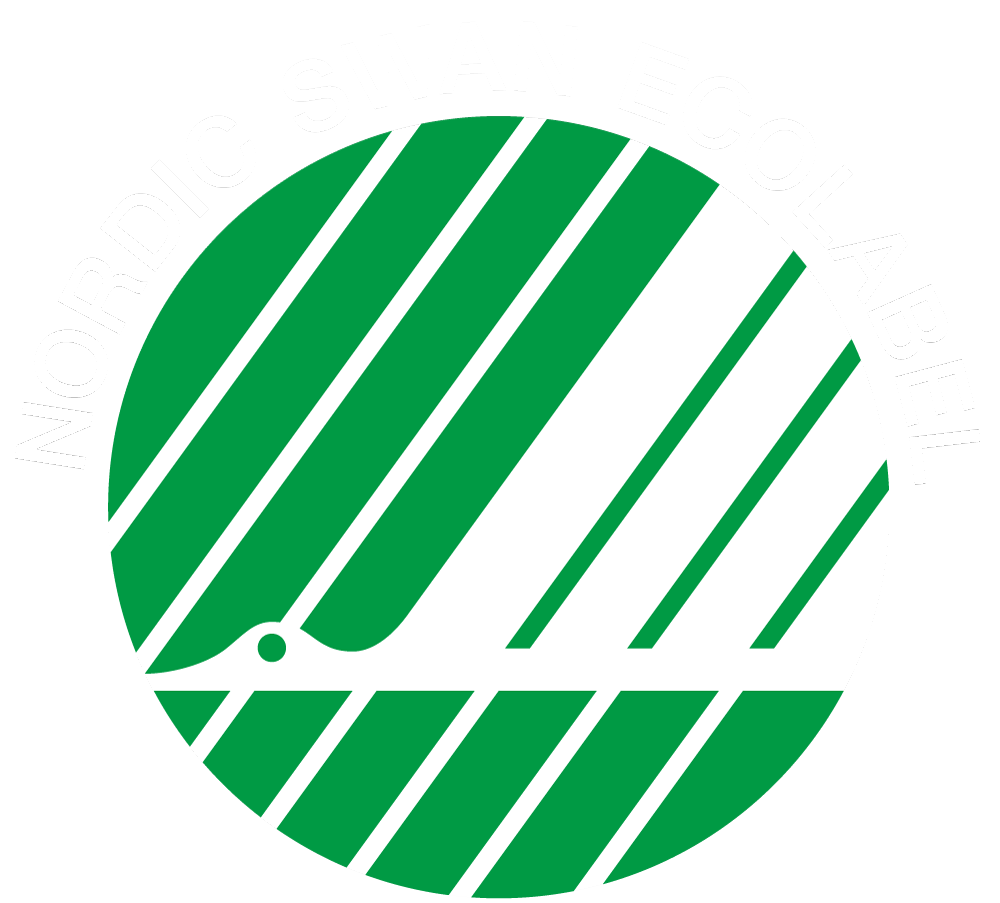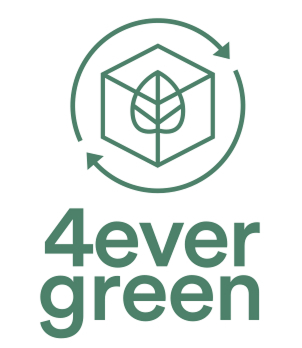A world without PFCS: Dream or reality?
This “one size fits all” profile explains why PFCs have become the go-to technology to finishing textiles today.
In parallel, there are exciting things happening in the field of fabric repellent technology, with huge technological strides being made.
PFCs offered today by fore-runners, such as Archroma with its short-chain C6 Nuva® N range, have been developed to eliminate PFOA, a manufacturing by-product undesirable for its potential persistence in the environment. And the chemical industry introduced the first fluorine-free repellence finishing agents, such as Archroma’s Smartrepel®.
Maybe it’s time we step back and assess this landscape objectively, with the aim of producing better end results for all. Is eliminating PFCs altogether really a reachable goal?
Fluorine-free finishes for all: Still a dream?
While there is much focus today on developing fluorine-free chemistry, there is still a long way to go before such solutions can equal the performance of fluorine-based C6 chemistry. Fluorine-free solutions have made tremendous progress for water repellency.
They are however not suitable for oil and dirt release and repellency – yet.
No matter what chemistry is being applied, it’s vital that we aim to lower the environmental impact of all chemicals used in our industry.
That’s why Archroma continuously invest to accompany the market with the right technology, the technology that is “fit for purpose”.
A reality achievable now: From “one size fits all” to “fit for purpose” sustainable approach
It’s time that brands look more closely at each product’s likely end use and life cycle, and critically assess its true performance requirements. Clearly, there is room to challenge the “one size fits all” approach to applying PFC finishes to all textiles.
What does that mean? Well, we should consider a given garment and ask, for example, “Do I really need that outdoor jacket to offer the same water-proof or mud-proof finish as the tent I use to go camping?”
Medical wear and other workwear – used to protect the user from potentially dangerous spills or from being soaked under heavy rain – are likely to require high levels of repellence, and be subject to frequent washing. But a lesser-used or more casual garment is unlikely to be subjected to similar cleaning procedures – and hence could meet all its performance needs without requiring such a demanding repellent finish as PFCs.
There is room in textile finishing for the wider use of more sustainable fluorine-free finishing solutions. It’s time we opt for a more sustainable “fit for purpose” approach.
Pursuing the dream
We all need to take steps not to “over-engineer” our textiles for given applications, and to focus on minimizing our generation of waste. At the same time, modern textiles are such complex composites that every small change can greatly impact both processability and final performance. This will continue to require significant research, many trials and endless formula adaptations to yield products that are acceptable in today’s textile market.
Where some see insurmountable obstacles, I see opportunities to differentiate our products, in terms of performance, look, feel, pricing and more. Archroma’s R&D pipeline is packed with many new ideas that address all these factors.
Personally, I see these advances in chemistry as just one of the factors moving our world in a better direction.
It is difficult to foresee if there will ever be a technology that completely replaces the existing platform. But through innovation, perseverance and a commitment to a cleaner environment, the textiles industry can make huge strides toward achieving the goals we all desire.
What do you think? Is a world without PFCs a dream or reality?
– Jochen
JOCHEN SCHMIDT
Jochen Schmidt began his career in the textile industry in the carpet sector, where he spent several years specializing in textile finishing with a focus on textile coating. After completing his studies, in 1993 Jochen joined Sandoz AG in Basel, Switzerland, as a textile engineer. As part of the R&D team he was responsible for the screening of research products up to the first field tests. Jochen later moved into the global service area and became Head of the Customer Service Department, overseeing techni cal support in the field of classical finishing. At the end of 2004 Jochen headed Clariant’s technical textiles division in Frankfurt, which was later integrated into Clariant’s global application center in Reinach (Switzerland). From 2008, he headed the Functional Effects Business Line for textiles with responsibility for classical finishing (the apparel sector) and technical textiles. In August 2011, he was appointed Head of Technical Service EMEA, Business Unit Textile Chemicals , being responsible for pre-treatment, dyeing auxiliaries and finishing including technical textiles. Jochen Schmidt joined Archroma with the business transferred from Clariant in September 2013. He was appointed to his current role as Global Product Marketing Manager, Finishing Chemicals, Brand & Performance Textile Specialties in August 2015. Jochen Schmidt holds a chemical engineer degree (Krefeld/Germany), is married and has two kids. He is born on January 1, 1965 in Duesseldorf, Germany.
More News & Stories

Solving Fashion’s Fade Problem
When garments lose their vibrancy after just a few wears or washes, consumers discard them prematurely. This undermines the fashion industry’s sustainability goals and negates brand investments in sustainable materials and production. Read on to find out how Archroma's HIGH IQ assurance program is the new standard for color performance.

Archroma’s Upstream Shift Signals a New Era for High-Contrast Denim Finishing
The fashion industry’s demand for distressed denim often clashes with reliance on potassium permanganate, heavy bleaching, and water-intensive laundering. TexFash spoke with our Denim team to unravel the story and thoughts behind the award-winning DENIM HALO concept. Read on to find out more.

Full Value Chain Collaboration - The Fastest Way to Sustainable Packaging
I recently asked a fellow packaging professional for their take on the industry’s progress towards sustainable packaging. The answer — “It’s rather like building a plane while you’re flying it” — succinctly captures the prevailing combination of complexity and urgency that all players in the value chain are faced with. There’s much to do in a limited time.

Engineered for every active pursuit—and the planet
Rising consumer expectations are pushing mills and brands to adopt new strategies to stay competitive. Durability, comfort and sustainability are now essential, and all must work hand-in-hand. Archroma’s SUPER SYSTEMS+ solutions are designed to meet this new standard.
Archroma are proud members and/or partners with the following organizations

















